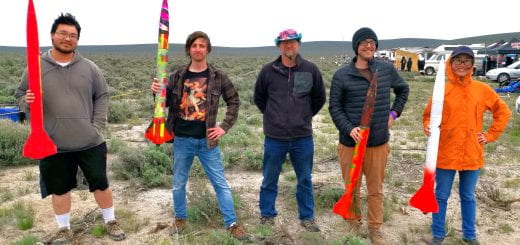The Benefit of HAM Radio
A set of 2-meter / 70-cm Handheld radios with some other functions including GPS, temperature, FM Radio, and APRS tracking, a 10-meter radio, a 2-meter radio beacon, a remote camera and other odds and ends from my shop. The D74 and 2-meter beacon belong to the University.
All of this discussion on radios makes me realize that we need to discuss HAM radio operations. Acquiring a HAM radio license is wonderful asset for anyone interested in technology issues just in general. Why? Because the license grants you the legal opportunity to play and learn with tools that you otherwise couldn’t use. As an Advance Extra License holder, I can buy equipment that others can’t, use radio frequencies for communicating with people, machines, and sensors that others can’t, and I use more powerful radios that others can’t. The Amateur Extra does require learning a bit of physics and electronics, but a person can also just get their basic technician license while just learning some of the basic really cool stuff about radio wave propagation. Yes, a user also needs to learn the laws about radio use too, but that is to keep everyone happy. You wouldn’t want to keep your own phone, along with all of your neighbor’s phones from connecting to the Internet would you?
The best thing is that a starter radio can be purchased for just $40. A 2-meter/70-cm Baofeng Radio is a wonderful purchase. It may not stand up to rugged treatment, but it will certainly get you started and works well for all our projects except some that require tracking. We use a Kenwood D74 for that. However, using a cell phone and some other peripherals along with the Baofeng can do the same job (just more parts to keep together).
However, if a person ever does have interest in getting their extra class license, you get to have fun identifying all the parts of a circuit like this one below and figuring out what the circuit is supposed to do. Here in the Eugene, Oregon area we have Emerald Amateur Radio Society and the Valley Radio Club. Its members have a tremendous amount of knowledge and experience with radios, antennas, and very long-distance communication. We has also had them teach classes right in the Price Science Commons and Research Library for getting your license via the help of Scott Rosenfeld (N7JI).
As a bit of a geek, I went on after getting my technician level license, the starting point, to getting my advanced extra. I mainly did it because it gave me a goal to learn much more about electronics. For example, on the test, no one would be surprised to see a schematic diagram like this and be posed the question, “What are the parts of this circuit and what does this circuit do?”
Image source: WikiMedia/FCC
I know the circuitry is not for everyone, but it is great to be able to look a something like this and make sense of it. So, whether you want to track whales, robots, or the international space station, think about getting that technician level license and let the fun begin.
Here at the Price Science Commons, you can use our Kenwood D74 DStar APRS TNC hand held radio if you have your license and need a tracking radio for a project.




